Estrone
Estradiol, Ultrasensitive, LC/MS
Estriol, Serum
(Specimen Container)
Red Top (No additive)
(Transport Temperature)
| Temperature | Period |
|---|---|
| Room temperature | 24 hours |
| Refrigerated | 7 days |
| Frozen | 28 days |
Gross hemolysis
Serum Separator Tube (SST®)
Lipemia
Grossly icteric
Norethindrone acetate/Norethisterone acetate is known to interfere with the measurement of estrone using the Quest Diagnostics LC-MS/MS method. This test should not be used to quantitate estrone in patients taking this drug. Specify age and sex on test requisition. Transport Refrigerated.
This panel measures the concentrations of estrone, estradiol, and estriol, the 3 main types of estrogens in serum. This panel may be useful in assessing estrogen status.
Estrogens are endogenous steroids that regulate growth and maintenance of sex organs and secondary sex characteristics in women. Estrogens also have effects on many other organ systems such as maintenance of bone density, production of liver proteins, arterial vasodilation, reduction of intraocular pressure, and influence on mood. Measurements of estrogens may help evaluating sexual maturity, menstrual abnormalities, fertility abnormalities, fetal-placental health in pregnancy, tumors that excrete estrogens, and feminization syndromes in men.
Increased levels of estrogens may be observed in normal pregnancy, precocious puberty, hyperthyroidism, liver cirrhosis, and ovarian, testicular, and adrenal tumors. Decreased levels of estrogens may be observed in failing pregnancy, Turner syndrome, hypopituitarism, primary and secondary hypogonadism, menopause, Stein-Leventhal syndrome, and anorexia nervosa.
The results of this test should be interpreted in the context of pertinent clinical and family history and physical examination findings.
See individual tests

